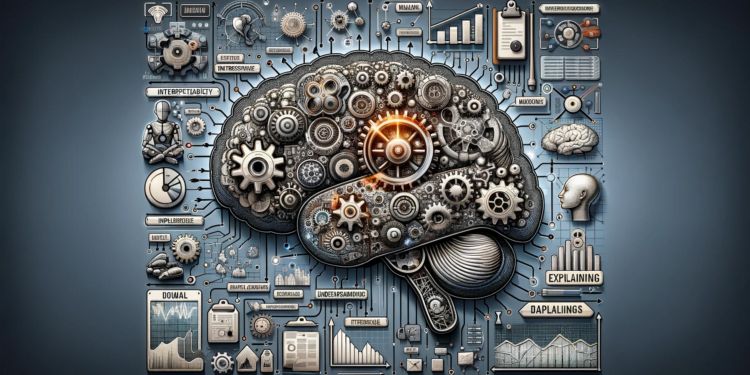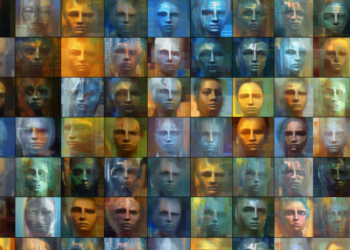Machine learning (ML) has advanced by leaps and bounds over the last decade, marking a turning point in how machines learn and make decisions. A critical area that defines the state of the art in ML is the interpretability of models. The need to understand and explain the behavior of complex algorithms is essential both for the continuous improvement of system performance and for their acceptance and trust in critical applications.
Fundamental Theories and Concepts in Interpretability
On the spectrum of ML models, we find two extremes: those that are transparent and easily interpretable like decision trees and linear regressions, versus highly complex black boxes like deep neural networks. The challenge of interpreting complex models lies in unraveling the black box and extracting comprehensible information about how certain inputs are transformed into outputs.
One of the fundamental concepts in interpretability is the trade-off between accuracy and explainability. Often, the most predictively powerful models are the least interpretable. Finding the right balance between these two extremes is a fertile area of research.
Interpretability is broken down into two types: intrinsic and post hoc. The former refers to a model’s innate ability to be understood, while the latter relates to techniques and methods applied after model training to reveal its inner workings.
Advances in Algorithms for Interpretability
Advanced techniques such as LIME (Local Interpretable Model-Agnostic Explanations) and SHAP (SHapley Additive exPlanations) play a crucial role. LIME approximates the original model with another that is more interpretable locally around the prediction, while SHAP employs concepts from game theory to assign each feature a value representing its importance in the model’s decision-making process.
Intrinsically Interpretable Models
Another line of research focuses on intrinsically interpretable models such as GAMs (Generalized Additive Models) and optimized decision trees. The recent evolution of GAMs has resulted in more flexible and powerful versions, while maintaining their transparency, like the GA2Ms (Generalized Additive Models Plus Interactions), which allow interactions between features.
High-Impact Post Hoc Techniques
In the post hoc area, sophisticated visualization techniques like t-SNE or UMAP for dimensionality reduction have been developed, allowing insights into the internal organization of data in the model’s feature space.
Emerging Practical Applications and Case Studies
Financial Sector: Credit Risk Models
A flagship use case is the development of credit risk models in the banking sector. Here, interpretability is not just nice to have but a regulatory mandate in many cases (e.g., GDPR in Europe). It has been shown that using techniques like SHAP contributes to greater transparency in credit allocation, by allowing credit officers to understand the specific reasons behind the approval or rejection of an application.
Personalized Medicine: Interpretation of Diagnostics
In personalized medicine, interpretability helps doctors to comprehend the recommendations of an ML model, thereby promoting trust in AI-assisted diagnoses. For example, in the interpretation of medical images, techniques like convolutional neural networks (CNNs) with activation area visualizations offer insights into which image features are influencing classification.
Comparison with Previous Work and Future Directions
Comparatively, the early ML models prioritized performance, with little attention to explainability. Now, there is a better understanding that the human-AI interaction and the capacity for ethical audit depend crucially on the interpretability of the models.
As a future direction, the ML community is exploring the fusion of performance and explainability from the beginning of the model design, a concept known as interpretability by design. Moreover, integrating interpretability techniques into automated ML lifecycles (MLOps) could standardize their application, making the explanation process more uniform and reliable.
Ethical Considerations and Trust
Interpretability also intersects with ethical issues. An ML model can make accurate predictions yet perpetuate biases, with interpretative methods serving as a tool to uncover and mitigate these biases. Transparency can foster greater trust in artificial intelligence models, especially in areas of high social relevance such as criminal justice or healthcare.
In summary, interpretability in machine learning is a complex but fundamental discipline. Its progress is encouraging not only the development of more sophisticated and equitable models but also strengthening the symbiotic relationship between humans and intelligent machines. Interpretability techniques are evolving towards greater accuracy and applicability, opening new frontiers in both research and practical implementation, and promising to maintain ML’s relevance at the forefront of disruptive technology that benefits humanity.






















